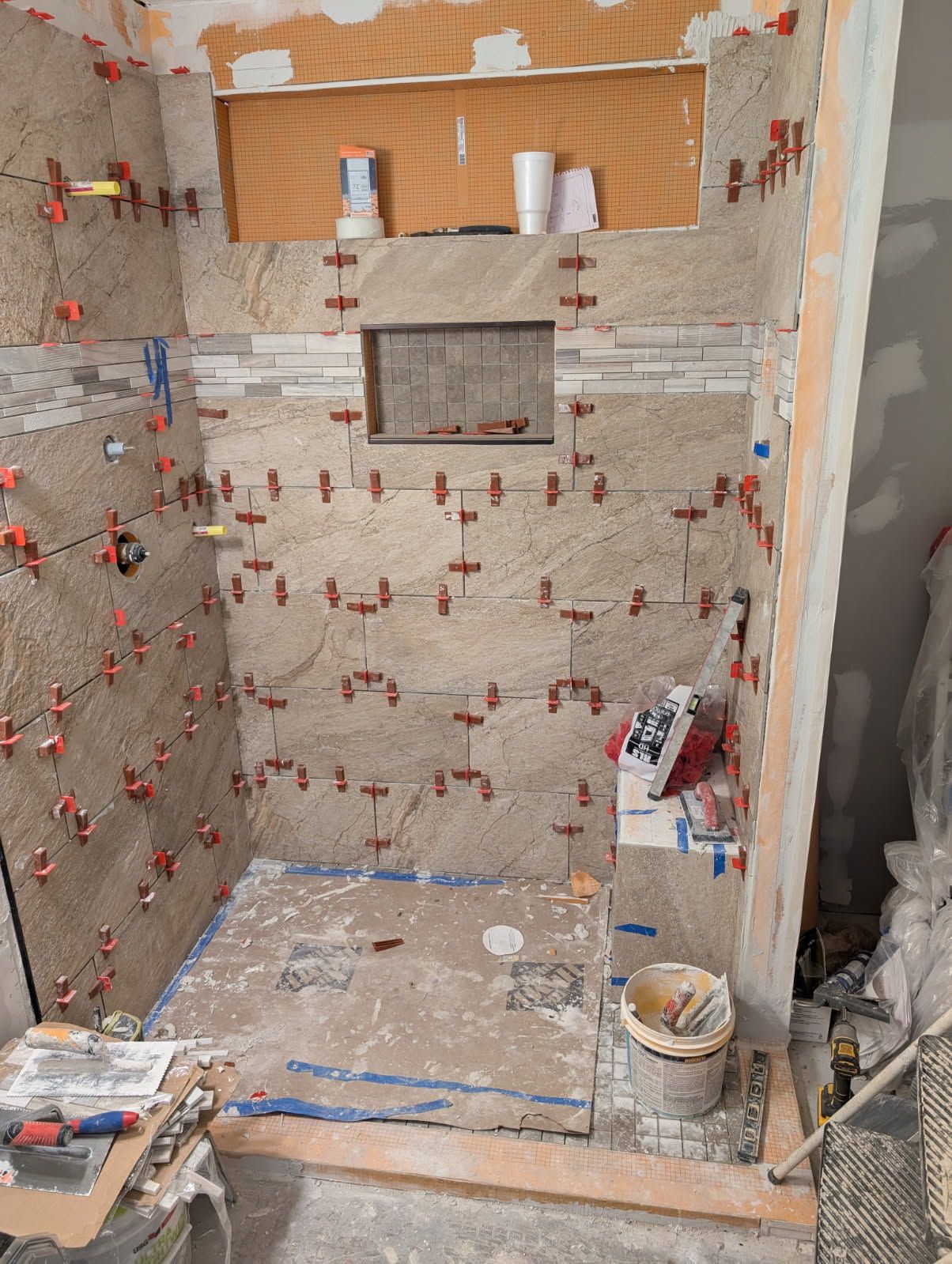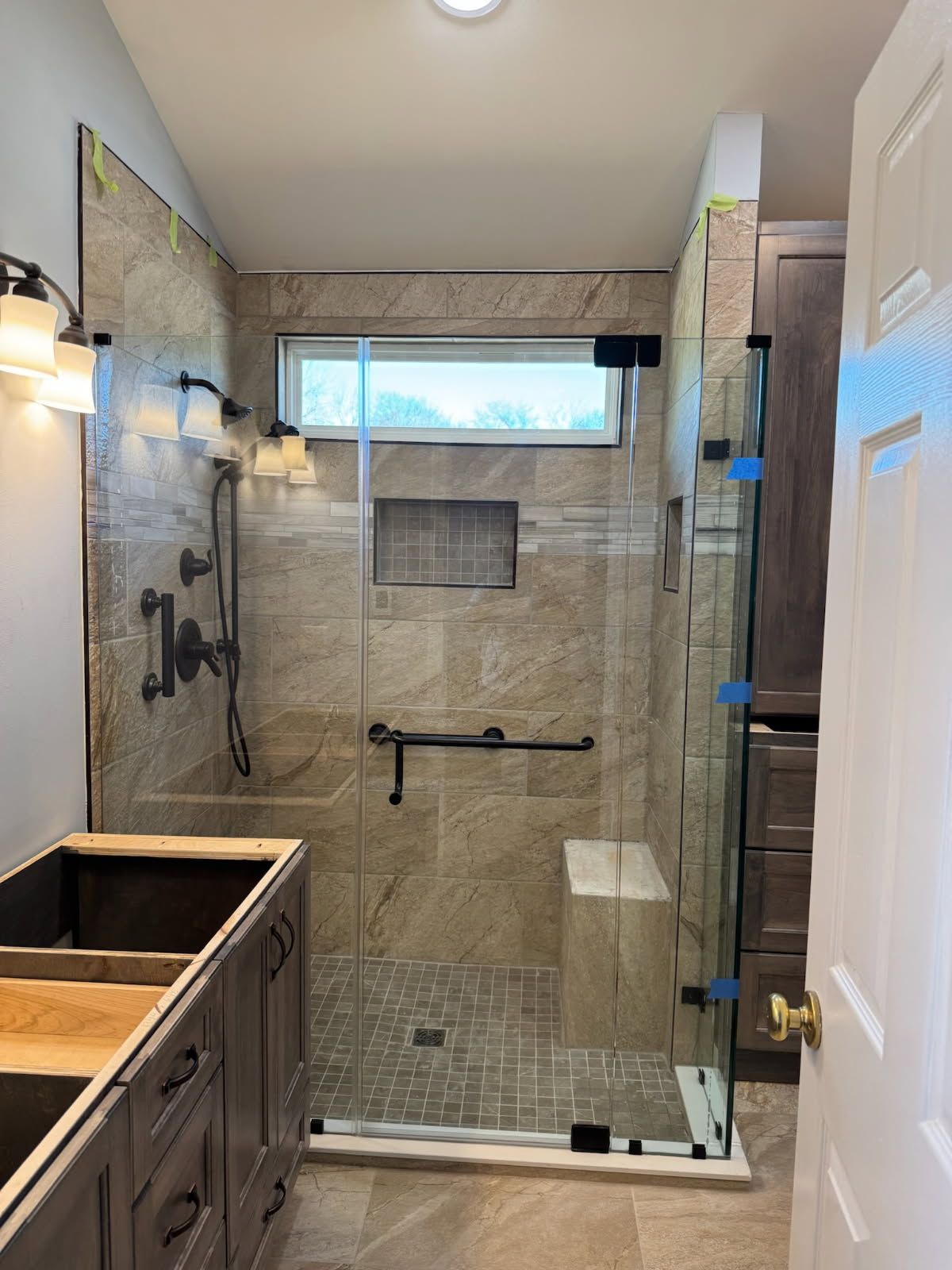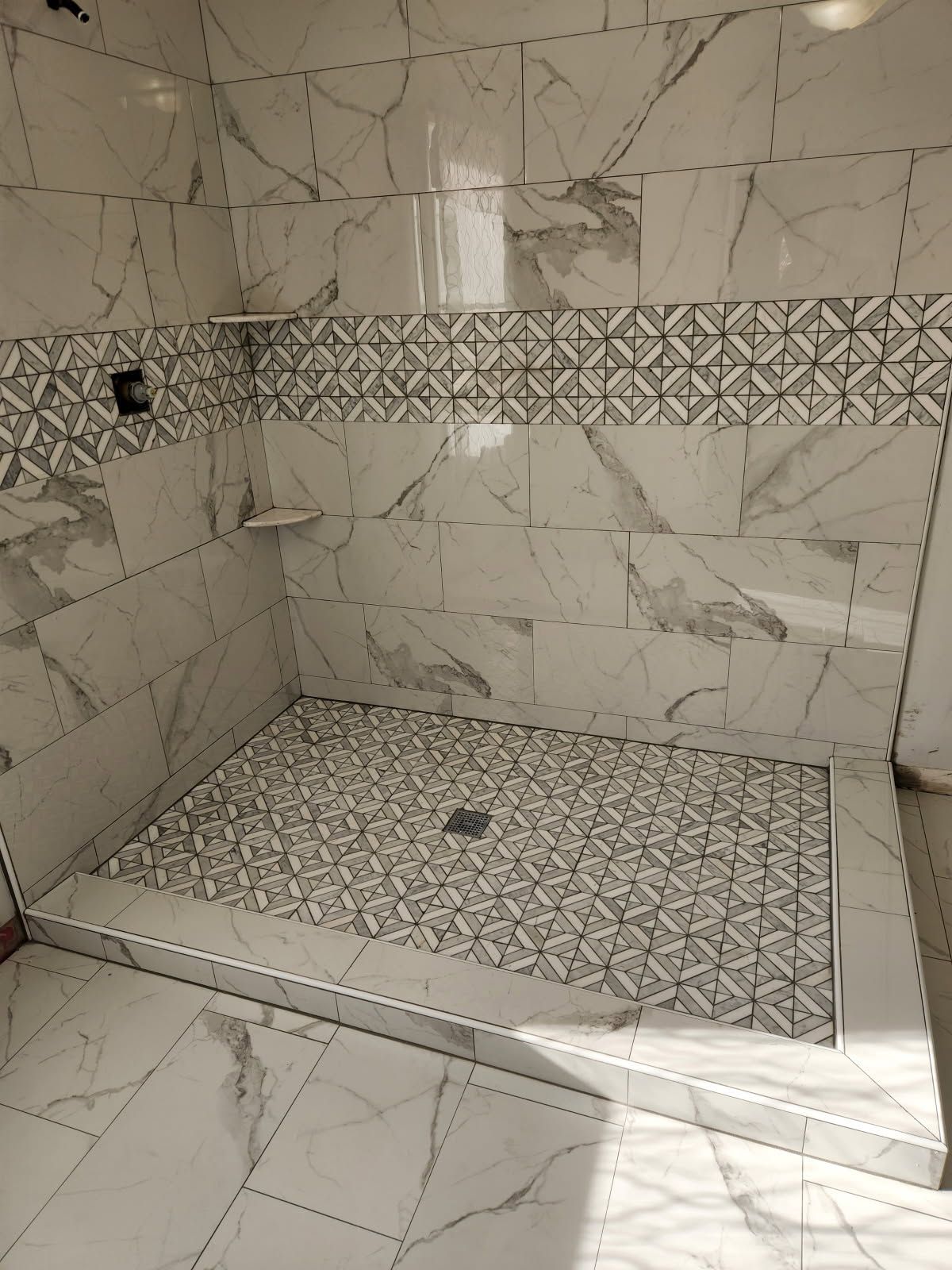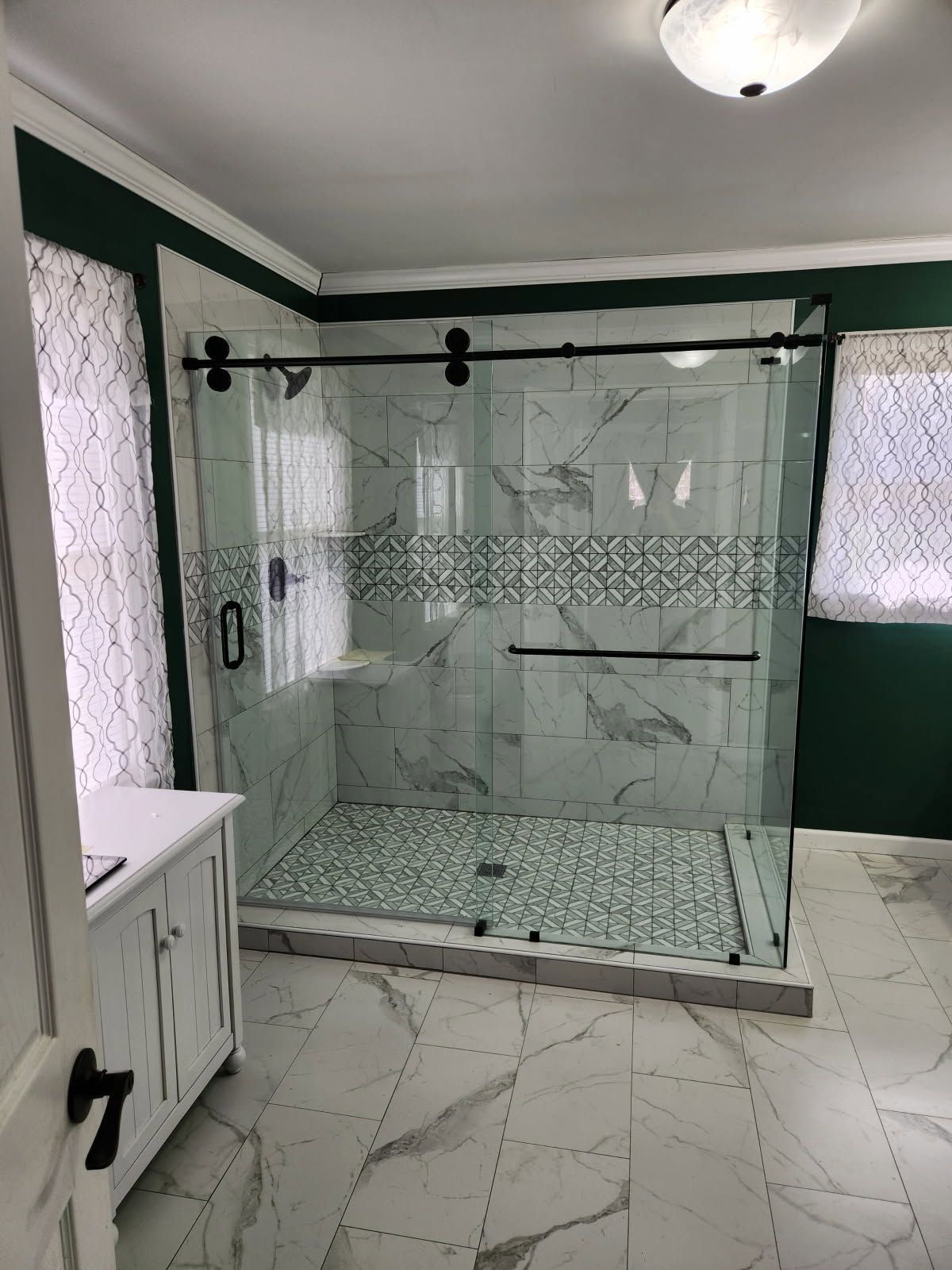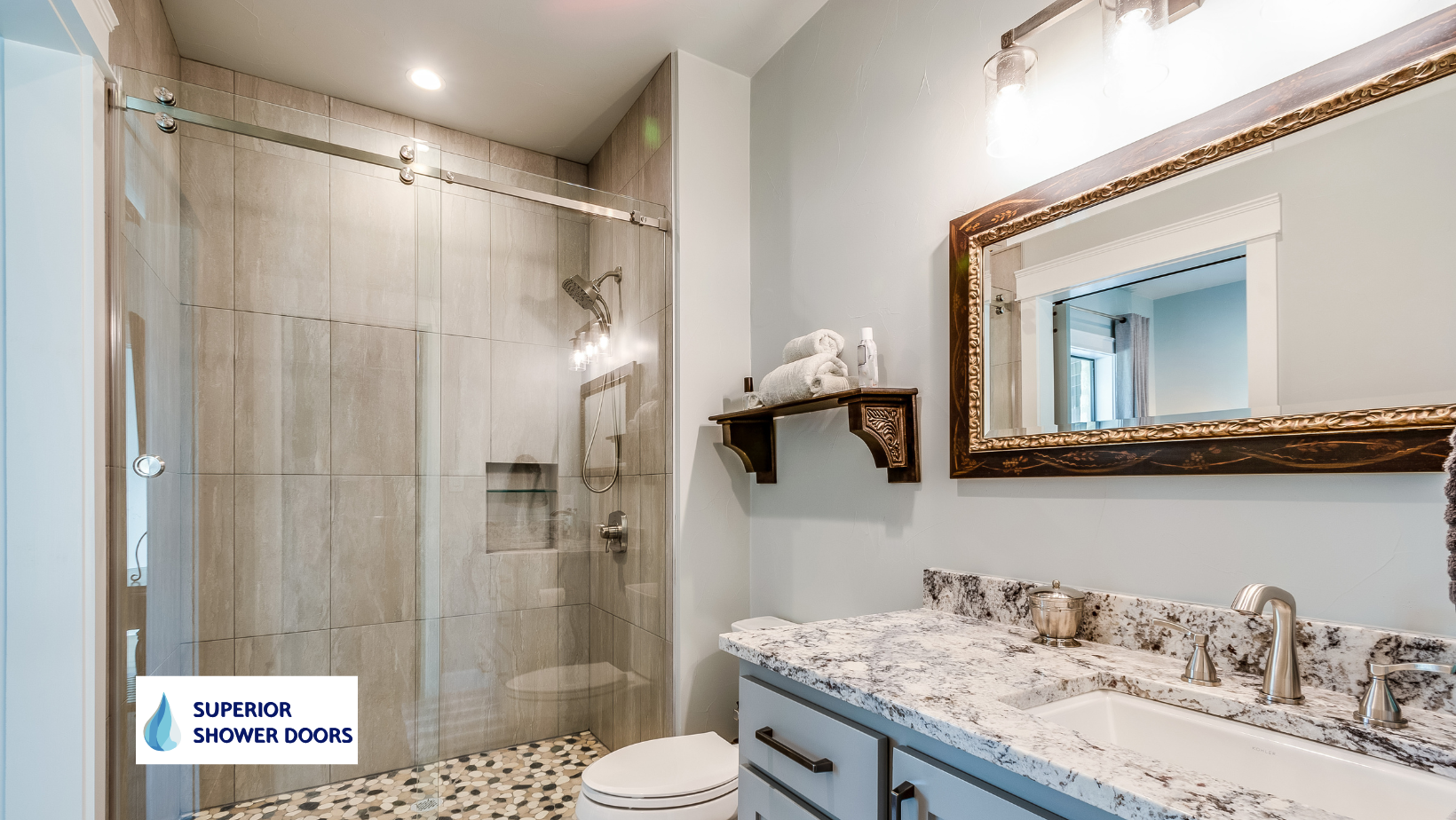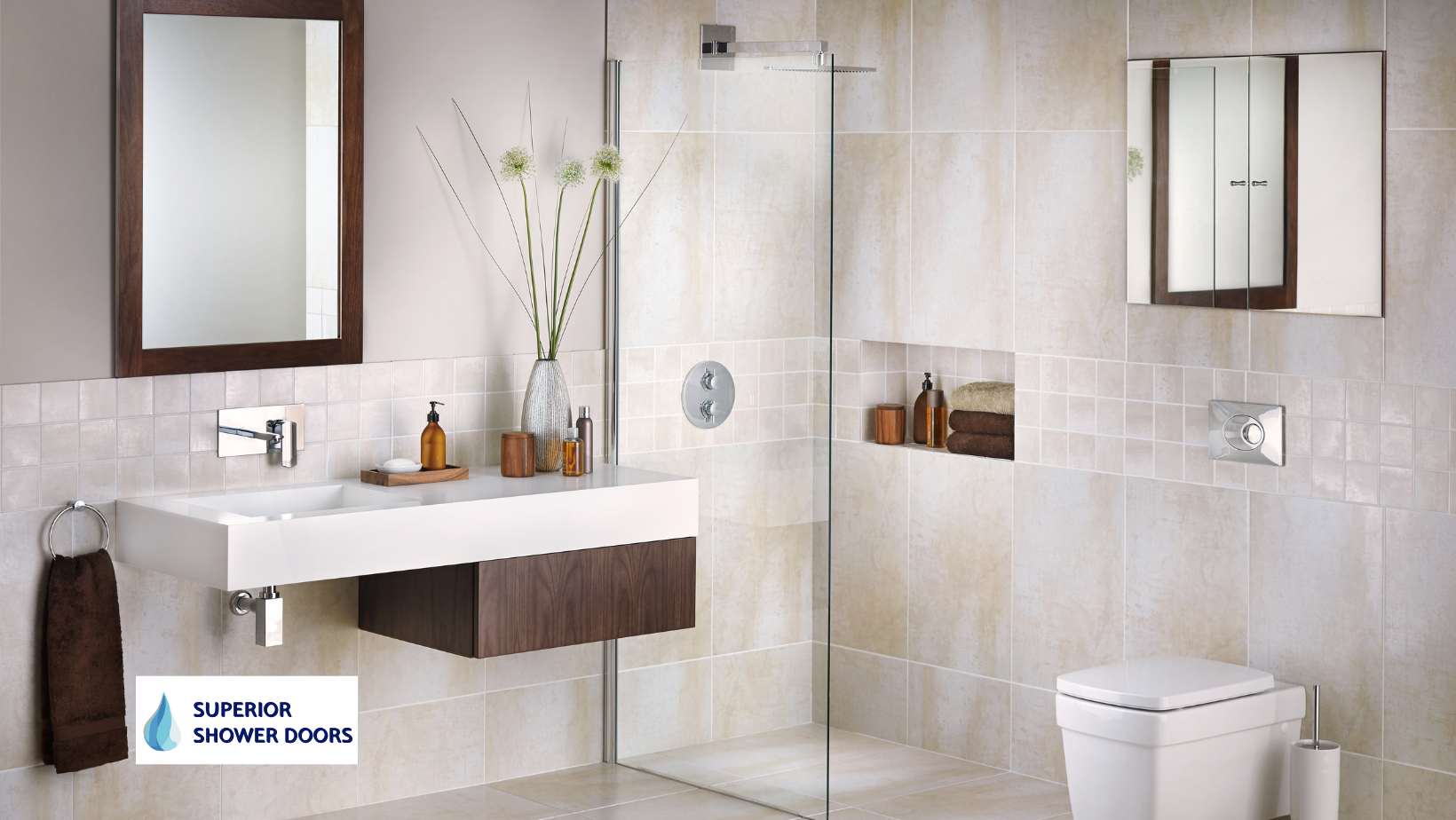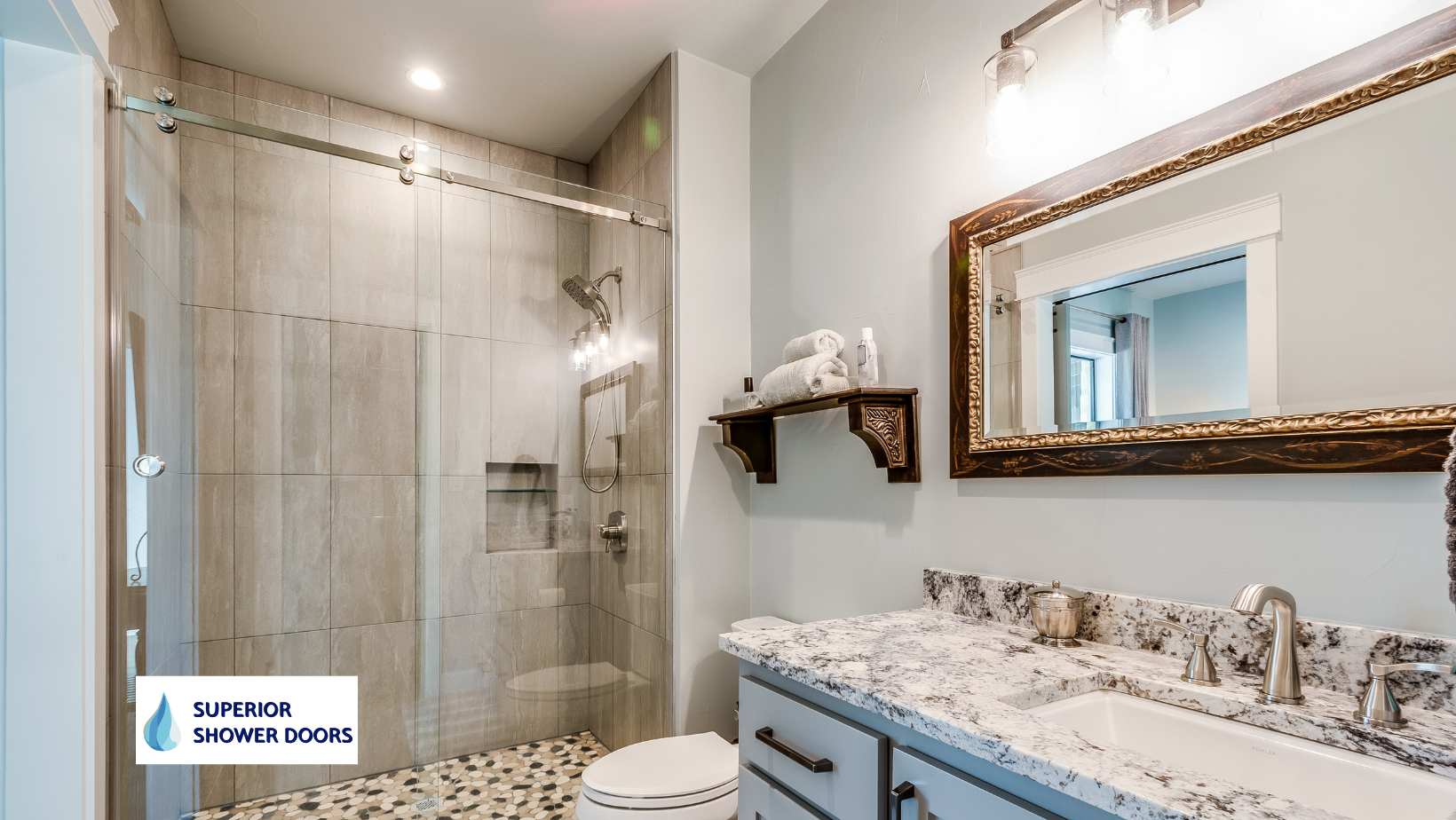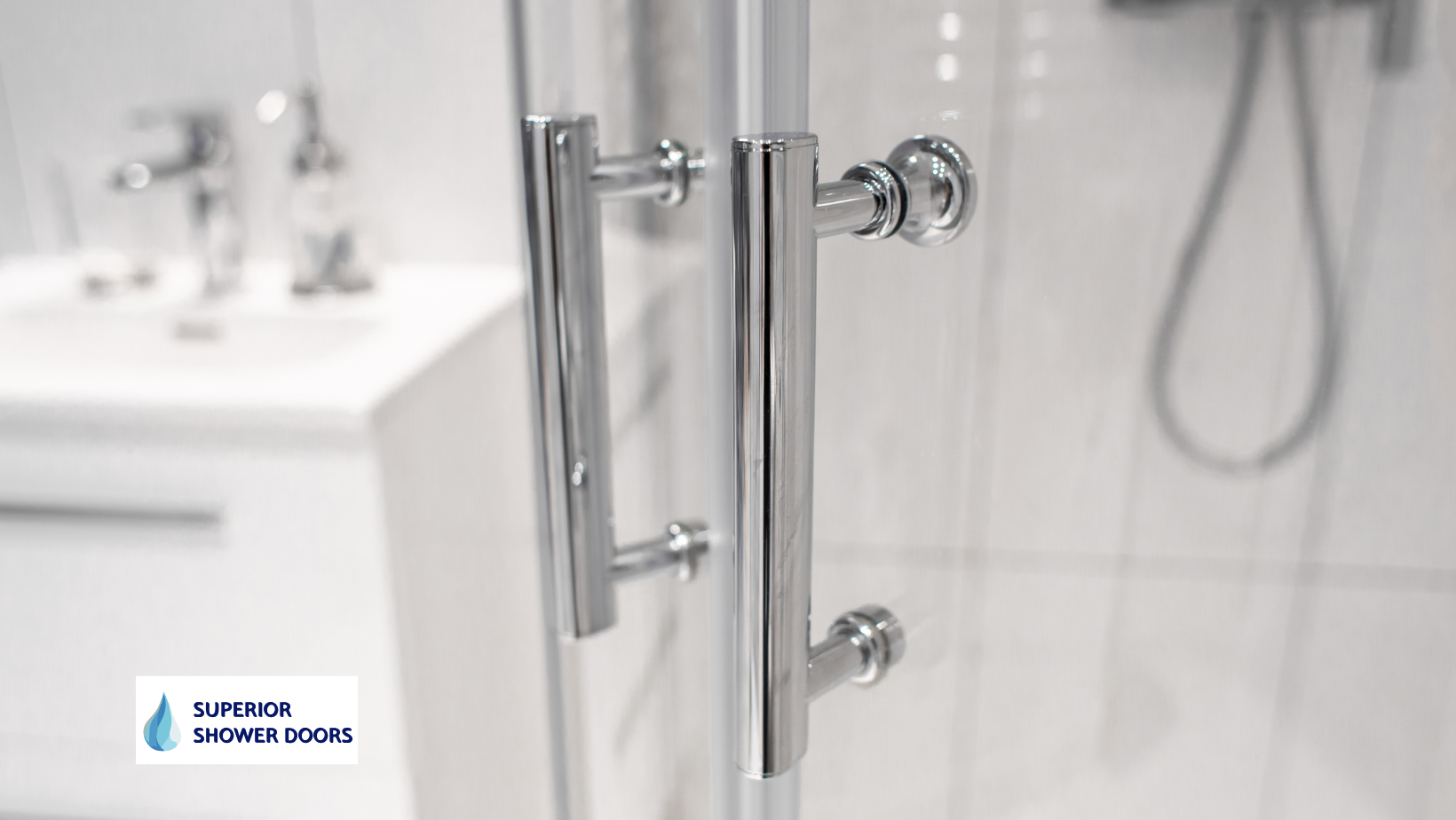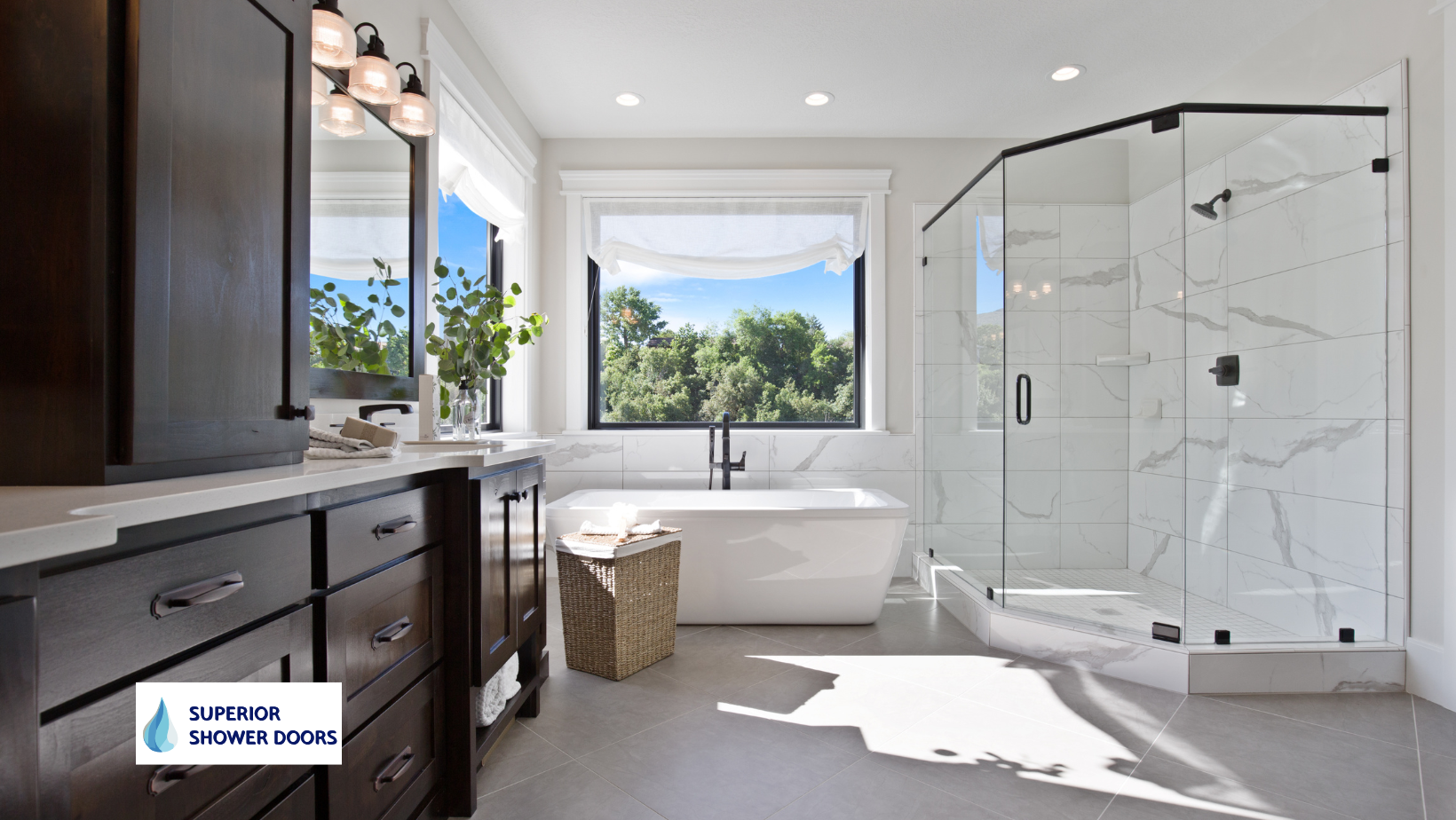Expert Shower Door Installation Near Atlanta GA
Large open showers with glass surrounds are very popular with homeowners in the Atlanta area. There are many new options on the market for shower doors and enclosures, including framed, semi-frameless and frameless styles. Whether you have an outdated brass framed enclosure you want to update or are getting a new tile shower installed, Superior Shower Doors can help you select just the right style for you.

Upgrade Your Bathroom with Professional Shower Installation
Superior Shower Doors specializes in high-quality shower installation services designed to enhance your bathroom’s functionality and aesthetics. Whether you’re looking for a sleek frameless glass shower or a custom enclosure, our expert team ensures a seamless installation with durable materials and precision craftsmanship. We prioritize customer satisfaction, offering stylish, water-tight designs that elevate your space. Trust Superior Shower Doors for a flawless shower installation that adds value and luxury to your home. Contact us today for a consultation!
Join Our Team
Superior Shower Doors is growing, and we’re looking for motivated people to join us! We’re hiring pre-install measurement technicians and shower door installers in the Atlanta area.
At Superior Shower Doors we do things a little different…
Fair and Honest Pricing
We offer competitive rates without misleading discounts.
Committed to Our Customers
Serving you is our privilege, and we take that responsibility seriously.
Exceptional Service & Support
We answer your calls and provide top-tier assistance every step of the way.
Integrity in Every Job
We deliver exactly what we promise, with no surprises.
Lifetime Warranty You Can Trust
Our parts and labor are backed by a fully transferable lifetime warranty—guaranteed.
Punctual & Professional
We arrive as scheduled and complete the job on time.
Experience & Stability
Proudly serving customers since 1999, and we’re here to stay!

Atlanta Shower Door Installation
Looking For A Superior Shower Door?
You have come to the right place. We have many styles of frameless, framed and semi-frameless shower doors. We serve Atlanta and surrounding Georgia cities and are well known for our custom shower door solutions and meticulous installation process.
Expert Shower Door Articles, Guides & Resources
Stay informed with professional insights from Atlanta’s shower door specialists. Browse detailed guides on frameless, semi-frameless, and framed shower door options, installation best practices, maintenance tips, and design inspiration for your next bathroom project.
Upgrade Your Bathroom Today!
Your dream bathroom is one step away! Our expert team installs high-quality, custom shower doors to enhance style and functionality. Whether you want a sleek frameless design or a classic framed look, we have options for you. Contact us today for a free quote and start transforming your bathroom!
See the Transformation: Before & After Shower Door Installs
There’s nothing like a sleek, modern shower door to elevate your entire bathroom. Check out these dramatic before-and-after photos from real installations—we think you’ll agree the difference is crystal clear. Whether you're upgrading a dated enclosure or replacing a builder-grade setup, our expert team delivers flawless results that turn ordinary into outstanding.
